Behind the scenes…
by Christopher Osborne.
Behind the scenes at SilvergrainClassics magazine, this weeks Friday Focus features Marwan el Mozayen, Andreas Waldeck and Charys Schuler.
Originally published in “Analogue” the publication of the Analogue group of the Royal Photographic Society.
.
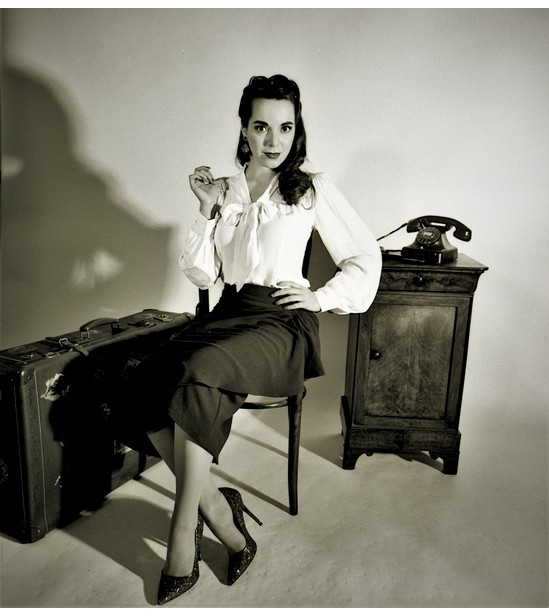
SilvergrainClassics magazine was the brainchild of German photographer Marwan El Mozayen. Together with Charys Schuler and Andreas Waldeck, the trio have created a high-quality quarterly English language magazine that is published in Germany and sold worldwide. The magazine focuses on analogue photography and sits somewhere between a traditional photography magazine and an art journal.
“The idea started on the German PhotoKlassik magazine stand at Photokina 2016”, explains Marwan. “A group of Japanese photographers came to the stand. They all subscribed to PhotoKlassik, but none of them could read German. I thought, we really should try to do something about this. And so PhotoKlassik International was born. The original idea was to share material with the German magazine, but from day one we attracted so much quality content that this never happened. After a year the magazine became SilvergrainClassics”.
“I learnt everything about photography from reading magazines”, explains Marwan. “But I cancelled my last subscription in 2002. Photography magazines had become catalogues, whose only purpose was to convince the reader to upgrade their digital camera. The only thing that mattered was megapixels. I wanted to recreate that experience of sensing something, smelling the ink and being inspired to do something that I could not achieve on my own”.
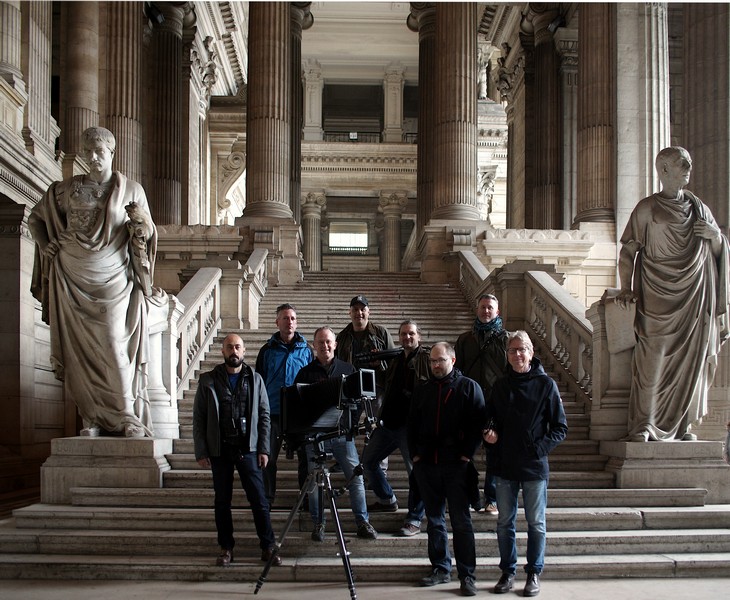
Marwan El Mozayen
Marwan El Mozayen is not your typical German. Affable, approachable, and always upbeat, Marwan is always ready to promote photography, especially analogue photography. He has a significant collection of cameras ranging from Minox spy cameras to a 5×7 Plaubel. Although he describes himself as a medium format photographer, we spoke about the Large Format workshop he arranged in Brussels under the SilvergrainClassics banner.
“I studied in Brussels for three years and had always wanted to run a workshop there. The city has a kind of Parisian flair but is small enough to walk across. I had always been impressed by the Palace of Justice building, but it is difficult to shoot because there is always scaffolding somewhere”.
“Planning for the workshop took weeks of telephone calls. The city was still on a high state of alert after a series of terrorist attacks, and it took days to gain permission to shoot. In the end, seven participants from Germany and Lithuania joined us for a four-day workshop”.
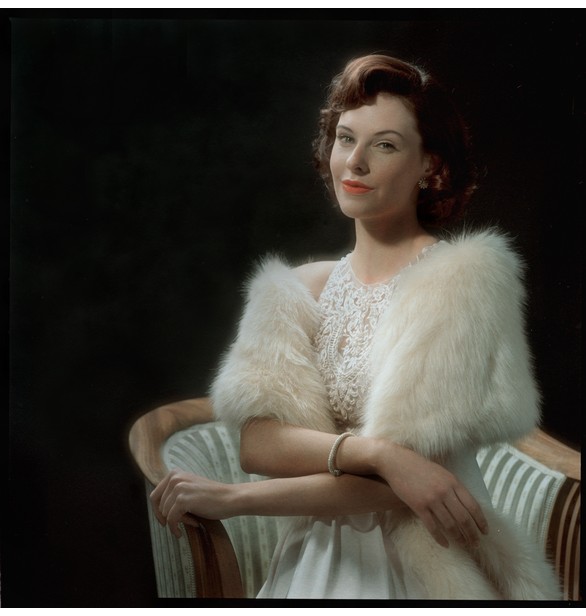
“I met Christoph Morlinghaus through Tetenal. He had begun to exhibit work from his acclaimed series “Superlatives”. He didn’t know Brussels, and as I was telling him about the Palace of Justice, he was searching it on the internet. He was immediately interested”, recalls Marwan.
“We had arranged accommodation in a beautiful art deco apartment in the city centre. The kitchen immediately became a hub. We cooked, developed and scanned film, hung out and chatted there”.
“The group had two experience levels. One half was very experienced large-format photographers who had come to see how Christoph made such dramatic images. The other half had less experience. At the extreme, there was one participant who had the most beautiful Linhof 8×10 camera with lots of lenses and accessories, but had never used it before”.
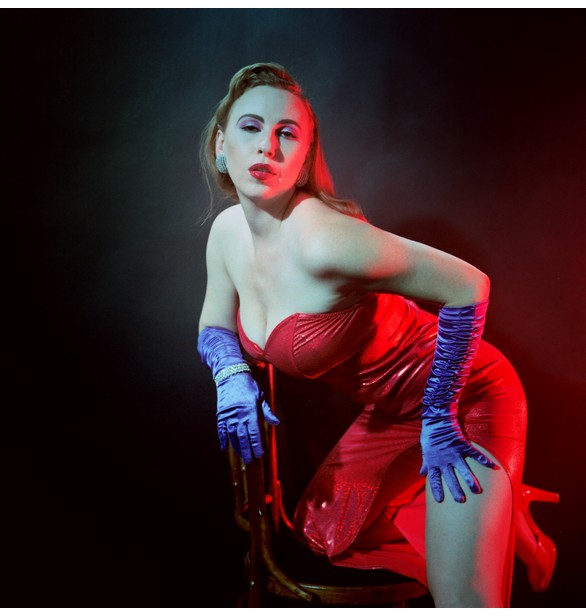
“We met on a Friday evening, and the first thing that Christoph did was take us on a scouting session. It is really interesting seeing how an artist like Christoph works. He walked around looking at everything to determine where we would shoot the next morning. He took photographs on his phone and his digital camera and made light meter readings everywhere. It reminded me of the way that a portrait photographer talks to his model, but is really stalking the scene for the right combination of body language and expression”.
“When watching Christoph it is immediately clear that all of that creativity, craziness and beautiful style is based on a strong foundation of basic skills and workflow. Learning and following a routine is boring, but knowing that everything is correctly set generates a level of confidence that allows him to work beyond the technical aspects of the equipment”.
“Andreas and I were helping the less experienced part of the group. We stand back and watch and try to understand each participant’s thinking process. The points that this part of the group took away were, think more and shoot less, how to meter a scene properly, how to balance the camera and lens and so on. By the end of the course, they had all developed a good basic workflow. And, if you are going to shoot large-format, you had better have a good tripod”.
“The more experienced group were all very accomplished large format photographers, and they had booked the course because they have a personal drive to push their creativity further. They followed Christoph’s every move. He has an amazing knack of hunting out a combination of foreground and background that no one else has seen. When you see the results it is like discovering a whole new universe exists next door. And this course allowed them to spend four days with a true master. Interestingly, like Christoph, this group typically took 2-3 photographs a day”.
Andreas Waldeck
Andreas is a man of sharp intellect and is a veritable fountain of knowledge across a wide spectrum of subjects. He has a very dry sense of humour and his eyes light up behind the gold wire frame glasses when he is teasing or making a joke. In addition to helping form SilvergrainClassics, he also runs Grossformatfotografie.de, the German language Large Format photography forum.
That said, he is at pains to point out that his photography is not defined by large format photography. “A camera is a tool, and you should use the right one for the job. Failing that, you should use the one in your hand”!
Andreas has several large format cameras in his collection, including a Speed Graflex that is so pristine that it looks as though it came out of the shop just a few days before. The accompanying image was shot on this camera with a Kodak Aero Ektar lens.
It was Andreas who suggested US photojournalist Dave Burnett talk at what became the longest SilvergrainClassics Fireside Chat (episode 6). Burnett is the photographer who would turned up to briefings by Donald Trump with a Speed Graflex complete with Aero Ektar lens. (A recording is on the SilvergrainClassics YouTube channel).
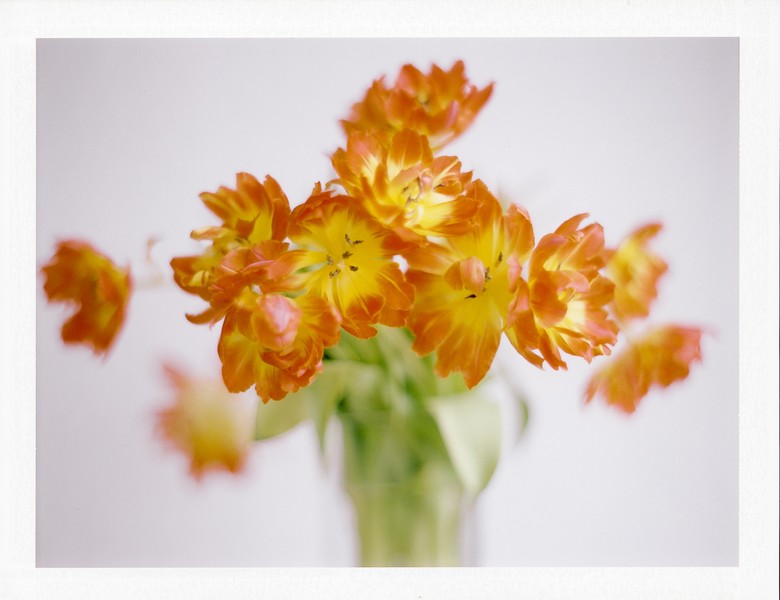
We move on to the attraction to large format photography. Andreas reflects for a moment. “On one level they are such simple cameras. The design is reduced to the bare minimum. Of course, they offer a high technical quality, resolution, tonal values, and colour gradation. But large format photography is very time-consuming. If you do it well, you may make as many as 2-4 images a day”.
Working in large format has other benefits too. “Mastering large format will teach you about camera technique, process, patience, composition, and that will, in turn, reflect back into your other photography”.
I asked Andreas how he came to run Grossformatfotografie.de. “The man who set it up had lost interest and was short of money. He announced that the site would close and it was such a shame to lose ten years’ worth of data so, I contacted him and agreed to upgrade the site and take over the running costs, and as a result, it is still operational. A few years ago we were growing at 150 users/year. In 2020 there were more than 600 new users”.
We talk about why large format photography is increasing in popularity. “It has become much more accessible. Second-hand large format cameras are still available, and there are new cameras too. Intrepid, Chamonix, Stenopeika and Gibellini for example. And of course, digital post-processing means that you no longer need a huge enlarger – just a reasonable scanner to see the results”.
Andreas smiles. “Back in the 1990’s Sinar’s pricelist was amongst the world’s best-kept secrets. They would only provide catalogues to professional photographers”.
Charys Schuler
Charys brings a different perspective to the SilvergrainClassics team. She moved to Germany from Wisconsin when she was 17, and somehow never left. She is a violinist in the Frankfurt Radio Symphony Orchestra, mother of two, wife and the editorial force behind SilvergrainClassics magazine.
She laughs. “Gear and technique are never going to be my specialities”. I can understand the inference. She is surrounded by photographers with a very high level of technical proficiency. “My contribution is in balancing the content, style and editing”.
I ask Charys what she has taken away from the past two and a half years. “It is the interviews with amazing artists from all around the world. It is the interaction. Photography isn’t my main art form. But I discover that these people also have a secondary interest in creative writing or music for example. This happens more often than I had expected”.
“I suppose that this experience has made me realise that all art forms allow people to communicate what they have experienced in the world. It is said that music provides a universal language for communication. I think that is true of photography as well”.
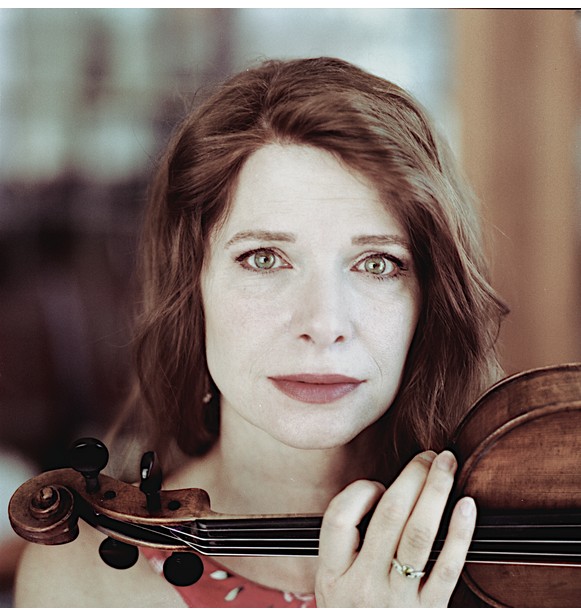
We talk about the highlights of the magazine experience. “Visiting Ansel Adams house one day and then Edward Weston’s house the next. Meeting these families which still have photography in their veins was such a privilege”.
“Being contacted by Jeff Bridges PR team, and then talking to him was cool”.
“And being woken up early in the morning by the staff at Freestyle. Our magazines had been despatched to Frankfurt Airport, but somehow ended up being re-routed by sea. Not only did this take eight weeks longer, but the boxes were damaged and many magazines had gone missing. Someone replaced them with Bibles. It seems much more amusing in hindsight”!
I ask Charys how she manages to fit everything in. She laughs out loud. “Housekeeping has suffered. You have to find what is really important to you. Physically finding room [for her husband Marwan’s photography equipment] is a challenge, and mentally? It is a case of only doing things that I love”.
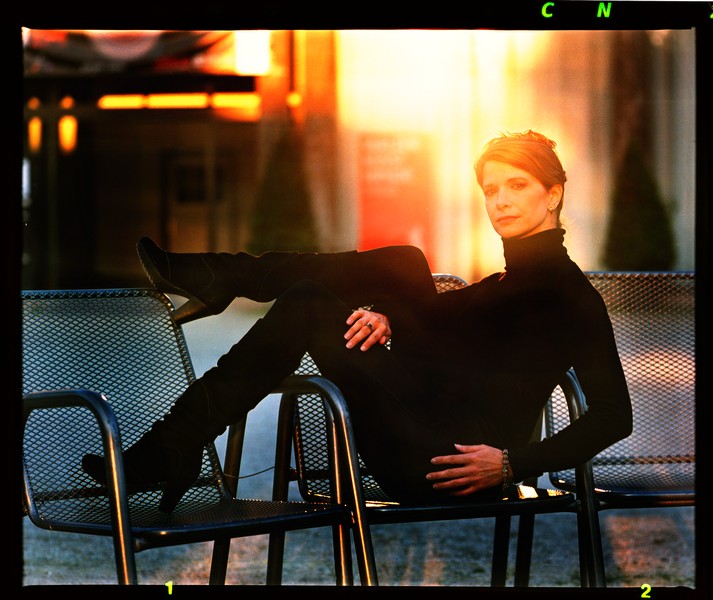
I can’t help notice the Christopher Burkett Cibachrome image that hangs on the wall in Charys’ living room and ask about it. “I had such difficulty choosing which print to buy. I would love to choose another. I grew up in Wisconsin surrounded by four hectares of forest. I miss that”.
I ask which other artist prints she would like to collect. “Oh, Edward Weston of course. She refuses to be drawn on other artists. There are just too many”, Charys explains.
We finish by talking about the print she has chosen for this article. It is shot on 35mm. “I make a lot of images with something abstract going on. I like the pattern. I like interesting lines. Think Bruce Barnbaum’s “Corn lily” or the dark shadows zigzagging through an Andrew Sanderson print for example. I am drawn to photographs which have are abstract, yet have a flow that reminds me of musical structures”.
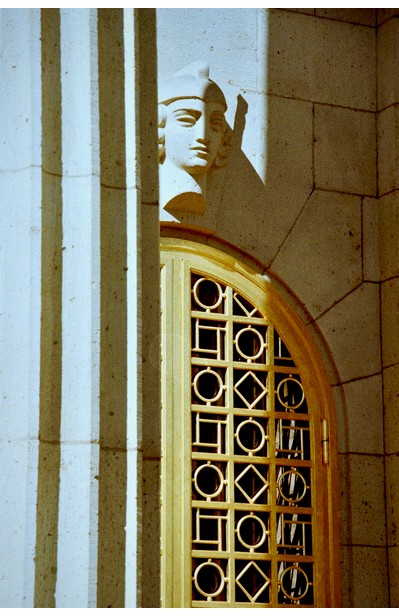
Images © Marwan el Mozayen and Andreas Waldeck 2021.
We have a favour to ask. We want to make these online articles free to the world. We see it as our contribution to the photographic community. You can help by subscribing to our awesome analogue photography magazine – https://shop.silvergrainclassics.com/subscriptions/
